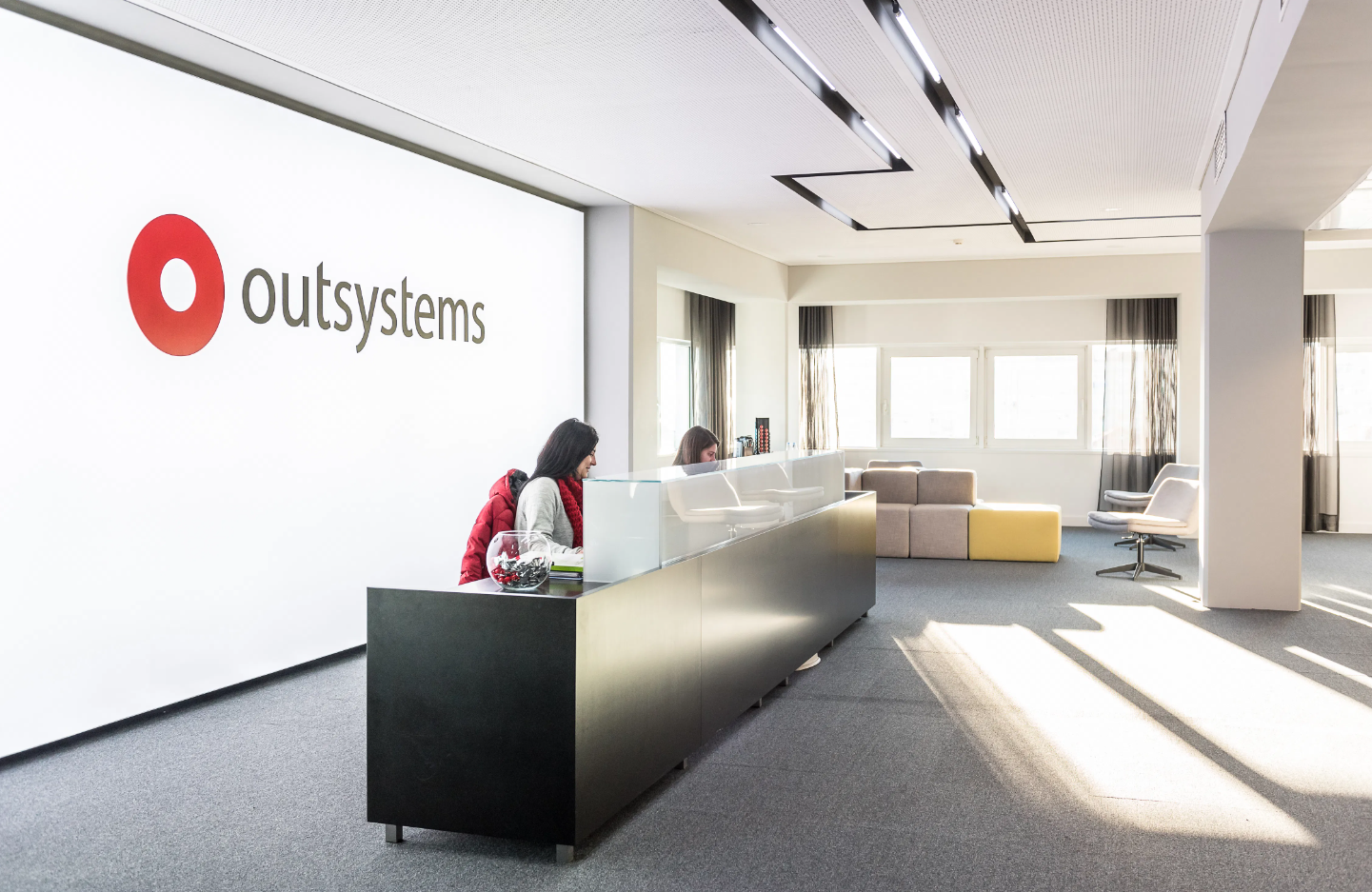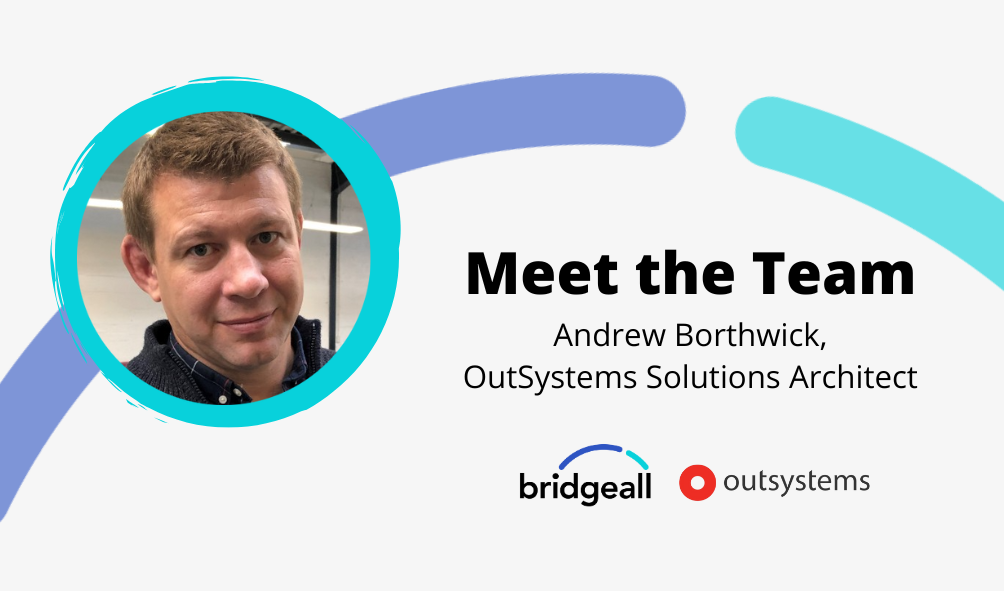Once you have decided that OutSystems is the platform for you, you need to consider how best to build a roadmap that you and your users can navigate with ease. Here are some steps we would recommend to help you get off to a good start. This approach combines creating a digital strategy, knowing how OutSystems fits into it, establishing strong governance, getting a handle on your users and monitoring continuous improvement.
Creating your digital strategy
Digital transformation starts with understanding which areas in your organisation need optimisation and identifying any pain points. During this stage it is recommended to collect insights from your IT team, employee, customers and even partners.
Knowing where OutSystems fits into your digital strategy
When you understand your technology and its condition, you can pinpoint the direction of your digital transformation effort. In this step, you evaluate your current IT infrastructure as follows:
- Measure its capabilities, including the existing enterprise IT investments, the technology maturity level, and the available skills and resources.
- Determine the IT infrastructure gaps and how low-code technology can supplement your current IT infrastructure.
- Assess how a low-code platform will fit in with your current application architecture and determine its scalability and adaptability.
Identifying your goals and objectives
Once you have evaluated your infrastructure, its capabilities, and where it’s fit for low-code, it’s time to:
- Identify the transformation goals and objectives with measurable metrics.
- Determine the expected outcomes and how a low-code platform will assist in achieving these objectives.
- Consider the organisation’s desired timeframe and whether the low-code development process will accelerate application development and deployment compared to traditional software development.
Establish governance with a Centre of Excellence
A low-code Centre of Excellence (CoE) in OutSystems can help drive the adoption and success of the platform within your organisation. This is essentially a set of rules or development team that specialises in guiding the building and deployment of solutions based on a low-code platform.
Creating a low-code centre of excellence can provide your organisation with more time to focus on innovation, development and growth. It will help your business save time and money, take advantage of the latest technology and better align it with your strategic goals, streamline your operations and increase employee efficiency and productivity.
You can establish a centre of excellence (CoE) by following these steps:
- Get leadership support: Secure executive sponsorship to ensure alignment with business goals and access to necessary resources.
- Build your core team: Build a core team of OutSystems experts who can lead the CoE. This team should include developers, architects, and business analysts.
- Define objectives: Clearly define the objectives and scope of the CoE. Focus on promoting best practices, standardizing processes, and driving innovation.
- Provide training and certification: Invest in training and certification programs for your team to ensure they have the necessary skills.
Getting set up
Choosing a low-code platform for your business is no easy task and you have the option to explore before you commit to the platform. OutSystems offers organisations the opportunity to experiment with OutSystems before making any purchasing decisions. Take your time to go through the platform, understand its capabilities and envision how it aligns with your business goals.
You can start exploring OutSystems by following these steps:
- Sign up: Register for an OutSystems account. They offer a free version which is suitable for small projects and evaluations.
- Download and install: Download the OutSystems Development Environment (OutSystems Service Studio) and install it on your computer.
- Explore tutorials: OutSystems provides a wealth of tutorials and documentation to help you get familiar with the platform.
- Create your first app: Start with a simple project to understand the basics of visual development, data modeling, and UI design in OutSystems.
If you’d like to find out more about OutSystems contact our team who can help. You can also download our Complete Guide to OutSystems which highlights more about the platform, licensing, benefits and more.




